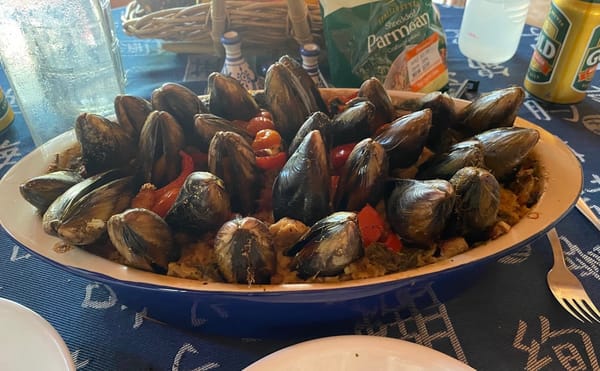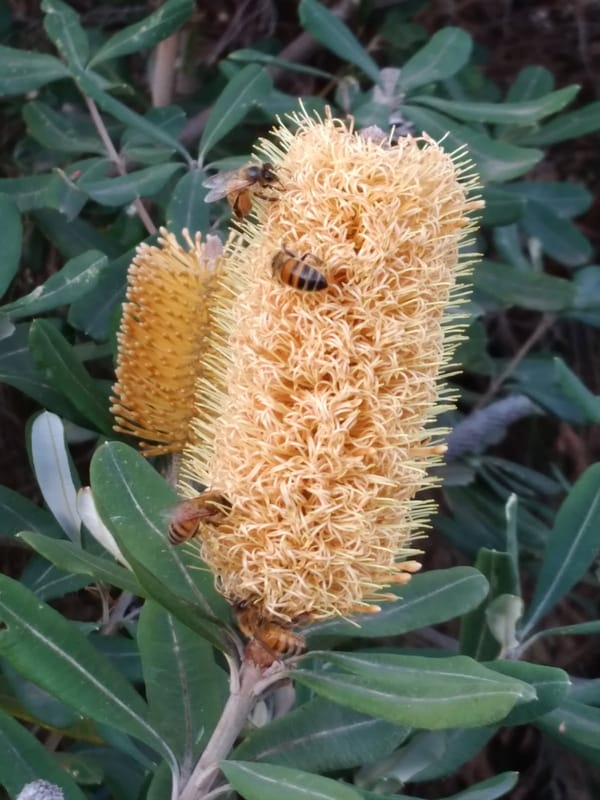Island life

Islands are like an evolutionary petri dishes. Strange things happen to the resident species. Large species morph into small species and small species morph into large species in a process known as Foster’s rule. Some of the results are surprising.
On an island where there are no large predators and food resources are limited there is no advantage in being large. A large species will quickly downsize itself to be the optimum size for the island in a process called insular dwarfism. This process actually speeds up as the animals get smaller because they grow to breeding age quicker.
The last woolly mammoths died out due to climate change and inbreeding about 4,000 years ago on Wrangel Island, to the north of Siberian Russia. They were at the lower end of the size range of mammoths, showing that insular dwarfism had started. If it had continued, they may have evolved to the size of the pygmy mammoth of the Channel Islands, off California. The pygmy mammoth stood around two metres tall (around 17% the size of its mainland ancestor).
In 2004 the remains of early humans were discovered on the small Indonesian island of Flores. The remains were very small and were initially thought to be genetic anomalies before it was realised they represented a new species of humans, subsequently named Homo florensiesis (Flores Man or Hobbit). It is thought that Flores Man arrived on the island 1.27-1 million years ago. It is not known if they were a pygmy group that migrated to the island or if they became pygmies due to insular dwarfism. Either way they were the perfect size for the island and only became extinct around 50,000 years ago.
Foster’s rule can work in the opposite direction: a process known as insular gigantism. On an island that has no large animals, small animals can evolve into much larger species because being small ceases to be such a big advantage. The best-known example of this is the dodo, a huge extinct flightless pigeon that evolved on the Island of Mauritius. On nearby Madagascar the elephant bird became the biggest bird to ever exist. Where there are no apex predators, a predator animal will evolve into a large, dominant predator. The Komodo dragon from the Indonesian island of Komodo was once a goanna-sized monitor lizard. It has evolved to be up to about three metres in length.
Charles Darwin was particularly interested in island species, especially those of the Galapagos Islands, an isolated archipelago in the Eastern Pacific Ocean. Each island has quite different habitats to its neighbours. Darwin noticed differences in the islands’ finches and tortoises and realised they must have each evolved from common ancestors to suit the different ecosystems. These observations led Darwin to develop his theory of evolution.
The problem for island species is that they live in a closed eco-system where there is no escape should something go wrong, and many island species have little fear of predators. It may only take one introduced species to upset the whole ecosystem. In many cases this species was Homo sapiens (or a species they brought with them).




